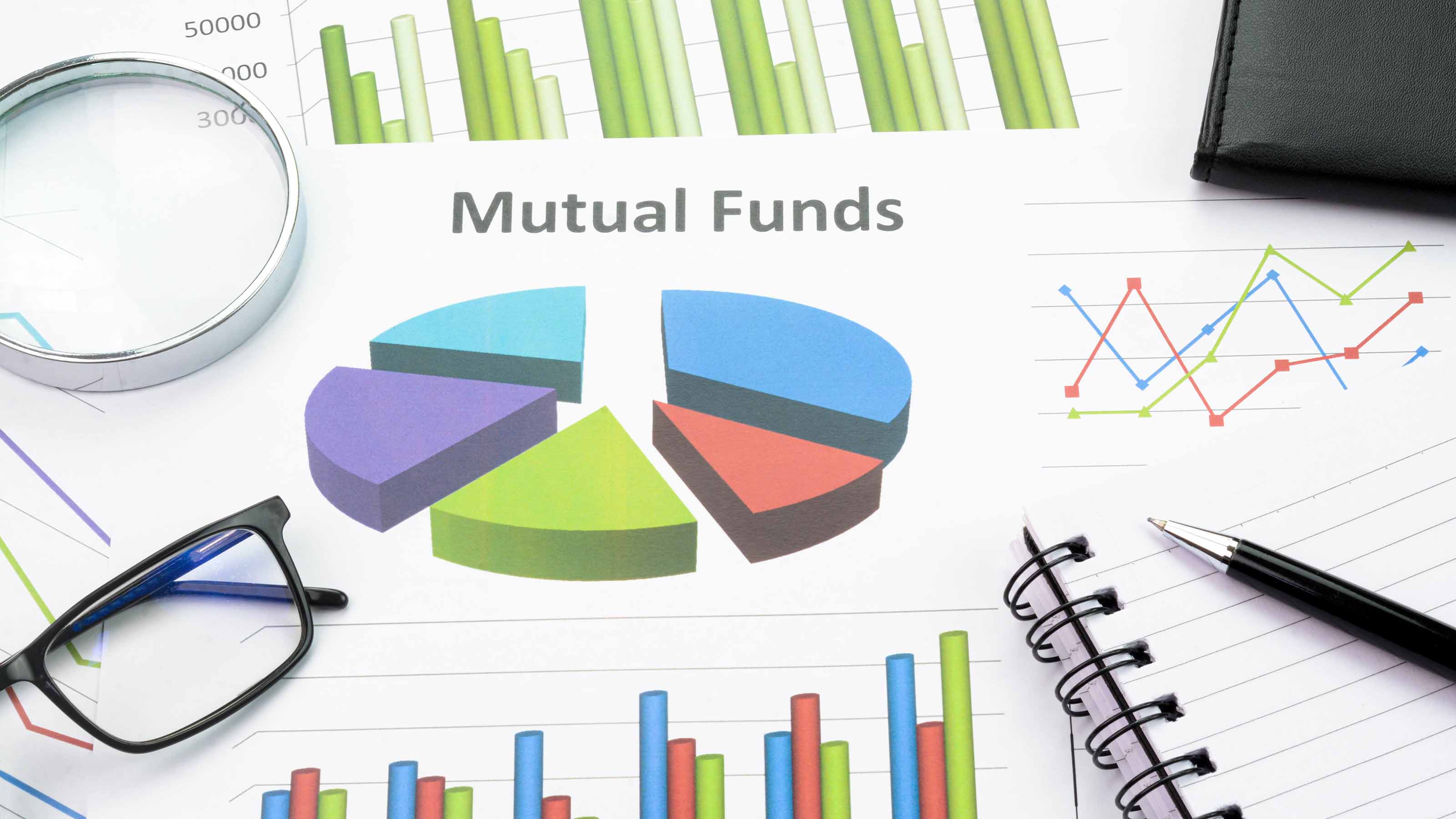Kiplinger 25 Model Portfolios
Reach your investment goals with these plans using the Kiplinger 25, our favorite no-load mutual funds.


We've constructed three portfolios using only funds from the Kiplinger 25, a list of our favorite no-load mutual funds, designed for investors with different goals, time horizons and levels of risk tolerance.
Use the models below as a starting point for your own portfolio. Tweak where necessary. Beef up your stocks if you want to be more aggressive, or increase the bond portion of your portfolio if you're risk-averse.
Kiplinger 25 Model Portfolios
1. Aggressive Portfolio
Time horizon: 11 years or more
From just $107.88 $24.99 for Kiplinger Personal Finance
Become a smarter, better informed investor. Subscribe from just $107.88 $24.99, plus get up to 4 Special Issues

Sign up for Kiplinger’s Free Newsletters
Profit and prosper with the best of expert advice on investing, taxes, retirement, personal finance and more - straight to your e-mail.
Profit and prosper with the best of expert advice - straight to your e-mail.
Strategy: Invest 80% of assets in stocks and add a stable, core bond fund for the remaining 20%.
Dodge & Cox Income (DODIX): 20%
Dodge & Cox Stock (DODGX): 20%
Primecap Odyssey Growth (POGRX): 20%
Fidelity International Growth (FIGFX): 10%
T. Rowe Price Small-Cap Value (PRSVX): 10%
Oberweis Small-Cap Opportunities (OBSOX): 10%
Baron Emerging Markets (BEXFX): 5%
Brown Capital Management International Small Company (BCSVX): 5%
2. Moderate Portfolio
Time horizon: Six to 10 years
Strategy: Hold 70% in stocks and 30% in bonds for a more temperate mix.
T. Rowe Price Dividend Growth (PRDGX): 20%
Baird Aggregate Bond (BAGSX): 15%
Dodge & Cox Stock (DODGX): 15%
Fidelity International Growth (FIGFX): 15%
Fidelity Strategic Income (FADMX): 15%
Janus Henderson Global Equity Income (HFQTX): 10%
DF Dent Midcap Growth (DFDMX): 5%
T. Rowe Price Small-Cap Value (PRSVX): 5%
3. Conservative Portfolio
Time horizon: Five years or less
Strategy: A steadier blend of 70% bonds and 30% stocks geared primarily for income.
Dodge & Cox Income (DODIX): 25%
T. Rowe Price Dividend Growth (PRDGX): 15%
Vanguard Equity Income (VEIPX): 15%
Vanguard Short-Term Investment-Grade (VFSTX): 15%
Fidelity Strategic Income (FADMX): 10%
T. Rowe Price Floating Rate (PRFRX): 5%
Vanguard Emerging Markets Bond (VEMBX): 5%
Vanguard High-Yield Corporate (VWEHX): 5%
Vanguard Wellington (VWELX): 5%
Note: This item first appeared in Kiplinger's Personal Finance Magazine, a monthly, trustworthy source of advice and guidance. Subscribe to help you make more money and keep more of the money you make here.
Related content
- The Kiplinger Dividend 15: Our Favorite Dividend-Paying Stocks
- Kip ETF 20: The Best Cheap ETFs You Can Buy
- Kiplinger ESG 20: Our Favorite ESG Stock and Fund Picks for Investors
Profit and prosper with the best of Kiplinger's advice on investing, taxes, retirement, personal finance and much more. Delivered daily. Enter your email in the box and click Sign Me Up.

Nellie joined Kiplinger in August 2011 after a seven-year stint in Hong Kong. There, she worked for the Wall Street Journal Asia, where as lifestyle editor, she launched and edited Scene Asia, an online guide to food, wine, entertainment and the arts in Asia. Prior to that, she was an editor at Weekend Journal, the Friday lifestyle section of the Wall Street Journal Asia. Kiplinger isn't Nellie's first foray into personal finance: She has also worked at SmartMoney (rising from fact-checker to senior writer), and she was a senior editor at Money.
-
 The Stoic Retirement: Ancient Wisdom for Today's Reality
The Stoic Retirement: Ancient Wisdom for Today's RealityA "Stoic retirement" doesn't mean depriving yourself. It's a character-based approach to life and aging that can bring calm and clarity.
-
 My Teen Crashed His Car and Now Our Insurance Has Tripled. What Now?
My Teen Crashed His Car and Now Our Insurance Has Tripled. What Now?Dealing with the costly aftermath of a teen car accident is stressful. Here are your options for navigating it.
-
 11 Outrageous Ways To Spend Money in Retirement
11 Outrageous Ways To Spend Money in RetirementWhether you have excess cash to spend or want to pretend, here’s a look at 11 ridiculous ways retirees can splurge.
-
 I'm a Financial Planner for Millionaires: Here's How to Give Your Kids Cash Gifts Without Triggering IRS Paperwork
I'm a Financial Planner for Millionaires: Here's How to Give Your Kids Cash Gifts Without Triggering IRS PaperworkMost people can gift large sums without paying tax or filing a return, especially by structuring gifts across two tax years or splitting gifts with a spouse.
-
 'Boomer Candy' Investments Might Seem Sweet, But They Can Have a Sour Aftertaste
'Boomer Candy' Investments Might Seem Sweet, But They Can Have a Sour AftertasteProducts such as index annuities, structured notes and buffered ETFs might seem appealing, but sometimes they can rob you of flexibility and trap your capital.
-
 AI Stocks Lead Nasdaq's 398-Point Nosedive: Stock Market Today
AI Stocks Lead Nasdaq's 398-Point Nosedive: Stock Market TodayThe major stock market indexes do not yet reflect the bullish tendencies of sector rotation and broadening participation.
-
 Got $100 to Gamble? These Penny Stocks Could Be Worth the Ride
Got $100 to Gamble? These Penny Stocks Could Be Worth the RideVolatile penny stocks are high-risk plays with potentially high rewards. If you have $100 you can afford to lose, these three names are worth a look.
-
 Quick Question: Are You Planning for a 20-Year Retirement or a 30-Year Retirement?
Quick Question: Are You Planning for a 20-Year Retirement or a 30-Year Retirement?You probably should be planning for a much longer retirement than you are. To avoid running out of retirement savings, you really need to make a plan.
-
 Don't Get Caught by the Medicare Tax Torpedo: A Retirement Expert's Tips to Steer Clear
Don't Get Caught by the Medicare Tax Torpedo: A Retirement Expert's Tips to Steer ClearBetter beware, because if you go even $1 over an important income threshold, your Medicare premiums could rise exponentially due to IRMAA surcharges.
-
 I'm an Insurance Pro: Going Without Life Insurance Is Like Driving Without a Seat Belt Because You Don't Plan to Crash
I'm an Insurance Pro: Going Without Life Insurance Is Like Driving Without a Seat Belt Because You Don't Plan to CrashLife insurance is that boring-but-crucial thing you really need to get now so that your family doesn't have to launch a GoFundMe when you're gone.
-
 Dow Adds 646 Points, Hits New Highs: Stock Market Today
Dow Adds 646 Points, Hits New Highs: Stock Market TodayIt was "boom" for the Dow but "bust" for the Nasdaq following a December Fed meeting that was less hawkish than expected.